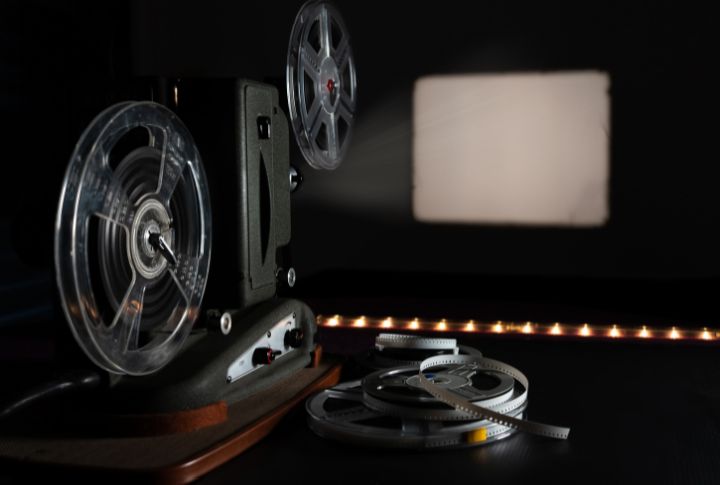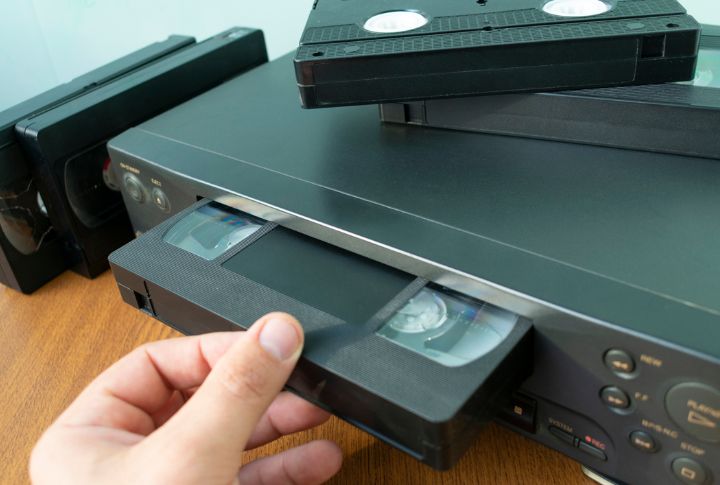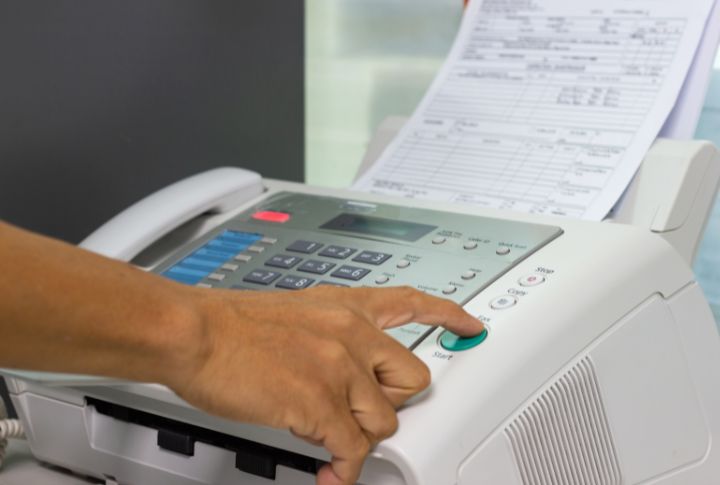
In the not-so-distant past, several iconic elements defined the daily lives of previous generations, encapsulating an era of technological innovation and societal norms. Each item held significance beyond its functional purpose, from the beloved landline phones to the cherished Polaroid cameras.
Traditional Landline Phones

For Baby Boomers, conventional landline phones were more than just a means of communication; they were a centerpiece of social interaction and household functionality. Boomers witnessed the evolution of interaction technology from rotary dials to touchscreens and landlines to smartphones, leaving behind a legacy of adaptability and innovation.
Physical Newspapers and Magazines

Physical newspapers and magazines were more than just sources of news. They were cultural artifacts that reflected the zeitgeist of their time. Front-page headlines, glossy centerfolds, and print publications captured the collective consciousness and shaped public discourse. These tangible experiences fostered a sense of connection and community.
Printed Encyclopedias

These indispensable resources in households, schools, and libraries offered information on various subjects. Printed encyclopedias have a storied history, dating back centuries as repositories of human knowledge and scholarship.
Film Cameras and Film Photography

From the iconic click of the shutter to the anticipation of developing video rolls, every step in the process was imbued with a sense of wonder and discovery. For the postwar generation, who honed their skills behind the lens in an analog world, video photography was a labor of love—a craft that required patience, talent, and a keen eye for detail.
Typewriters

The typewriter’s emergence marked a turning point, ushering in unprecedented efficiency and accessibility in written conversation. The clunky behemoths of the early 20th era and portable models of the mid-20th epoch, typewriters, became indispensable tools for writers, journalists, secretaries, and students.
VHS Tapes and VCRs

VHS tapes and VCRs became ubiquitous fixtures in living rooms across the globe, offering families the opportunity to watch their favorite blockbusters and classic clips on their schedule. VHS tape democratized access to entertainment, bringing the magic of the silver screen into the comfort of home.
Cassette Tapes and Walkmans

What made the decline of cassettes and Walkmans unique was not just recordings; they were time capsules of memories, emotions, and experiences captured in magnetic reels. The shift towards MP3 players and streaming services represents a technological evolution and a cultural paradigm shift, a departure from the analog past to the digital future.
Fax Machines

This game-changer offered businesses a quick and efficient way to transmit documents across vast distances. For the postwar generation who traversed the corporate world, the fax machine represented a lifeline for exchanging contracts, proposals, and memos in near real-time. Their distinctive whirrs and beeps signaled the transmission of critical information.
Dial-up Internet

Dial-up internet emerged when the internet was still in its infancy, offering mid-century cohorts their first taste of online communication and exploration. In the late 20th century, households across the globe would hear the familiar sound of a modem dialing up to connect to the World Wide Web, a process that often took minutes and required patience.
Physical Maps and Map Books

The rise of physical maps and map books redefined the Boomer era by empowering individuals to explore beyond familiar territories. It was a time when unfolding a map and tracing a route with one’s finger was an essential skill, and consulting a map book was a rite of passage for any journey.
Paper Checks

One significant aspect of this transition is the convenience and efficiency of electronic payment methods. With just a few taps on a smartphone or a swipe of a card, transactions can be completed instantly. Moreover, electronic payments provide greater security and tracking capabilities, reducing the risks associated with lost or stolen checks.
Traveler’s Checks

Traveler checks emerged in the late 19th century to replace carrying large sums of cash abroad. They provided travelers with a safe way to access funds and make purchases in foreign countries. Throughout much of the 20th century, traveler’s checks were synonymous with international travel.
Smoking in Public Places

During the mid-century cohort, the sight of smoke-filled public spaces was expected, as it was not only socially acceptable but often considered fashionable. While many may remember a time when smoking was an integral part of social interactions, younger generations are growing up in a world where it is increasingly marginalized and taboo.
Polaroid Cameras and Instant Film

With Polaroid cameras in hand, the boom-era population was free to experiment with composition, lighting, and subject matter, all without the constraints of conventional movie photography. With each snapshot, photographers were able to learn and grow due to the invention of the instant clip.
Traditional Department Stores

In their heyday, customary department stores were bustling hubs of commerce and culture. These grand establishments were more than mere retail spaces; they were social centers where families gathered, fashion trends emerged, and holiday displays dazzled shoppers.

Comments
Loading…